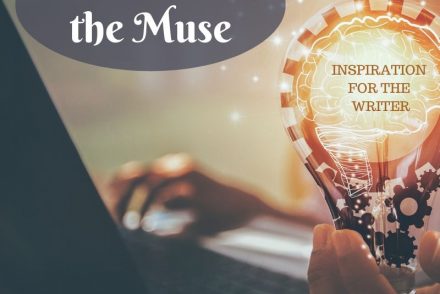
Why All Writers Should Read in Translation
In my last year of college, I took a class that destroyed my trust in translation. For our first…
December 13, 2020
In my last year of college, I took a class that destroyed my trust in translation. For our first…
December 13, 2020
Pilgrims travel to a martyr’s shrine, swapping stories on their journey to pass the time. The freshly installed tenant…
November 13, 2020
Some writers are blessed with a vivid visual imagination. Just by willing it, they can render scenes in their…
October 13, 2020
Long before the pandemic began, I used to drop into the occasional adult beginner ballet class. There, I’d stretch…
September 13, 2020
These days, anyone who wants to write short stories of an unconventional bent has their pick of quirky venues…
August 13, 2020
Have you ever taken the MBTI? Short for Myers Briggs Type Indicator, this classic personality test promises to divine…
July 13, 2020
As writers, we’re generally in the business of creating our own inspiration. When it does strike us unbidden, we…
June 13, 2020
Emily Dickinson knew how to find inspiration without leaving the house. In her thirties, the reclusive poet withdrew into…
May 13, 2020
A quarantine isn’t a writing retreat. Sure, some of the greats managed to transmute epidemiological panic into excellent prose…
April 13, 2020
During my last semester of undergrad, I spent a lot of time watching 30 Rock. Like many graduating seniors,…
March 13, 2020
If you’re like most writers, worldbuilding feels like the province of sci-fi and fantasy authors alone. Sure, it’s crucial…
February 13, 2020
Whether your novel closes on a cyclone-worthy twist, or a conclusion as warm and satisfying as homemade pie, you’ll…
January 13, 2020